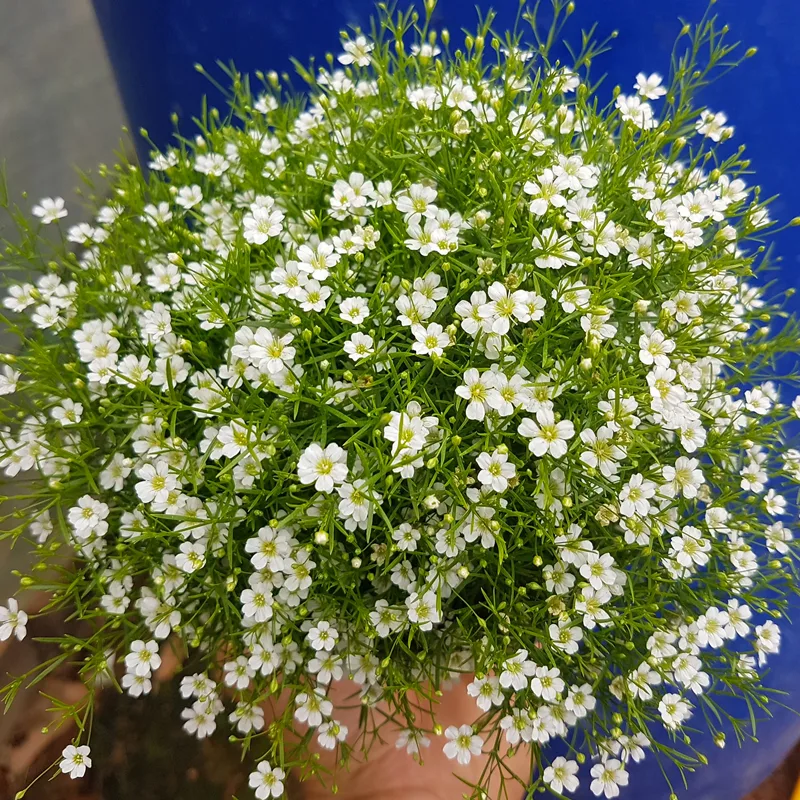The Button Cactus: My Fascination with Lophophora
My name is Ferb Vu, and I’ve always been drawn to the unique and the unusual in the natural world. That’s why I find myself captivated by the genus Lophophora from the Cactaceae family, a group of small, spineless cacti native to the Chihuahuan Desert of Texas and Mexico. These unassuming plants, often referred to as “peyote,” hold a special place in my heart, not just for their peculiar appearance but also for their rich history and cultural significance.
A Closer Look at Lophophora
At first glance, Lophophora might seem rather unremarkable. They lack the spines typically associated with cacti, instead featuring a soft, rounded shape with tufts of woolly hairs. They grow low to the ground, often partially buried in the soil, and their blue-green color helps them blend seamlessly into their arid surroundings. But beneath this unassuming exterior lies a fascinating world of alkaloids, particularly mescaline, which has been used for centuries in indigenous rituals and ceremonies.
The genus Lophophora comprises only a few species:
- Lophophora alberto-vojtechii is a rare, small cactus native to Mexico, prized by collectors for its unique characteristics. It typically has a smooth, bluish-green body that remains small, with tufts of white hair but lacks the strong ribbing seen in other Lophophora species. This species tends to flower young, with pale pink blossoms that contrast beautifully with its subtle tones. Due to its limited natural habitat and specific growing requirements, it’s often a challenging yet rewarding cactus for enthusiasts to grow.
- Lophophora diffusa is notable for its lack of mescaline, unlike its well-known relative Lophophora williamsii. Found in Mexico, it has a soft, light green appearance with more rounded ribs and a generally smoother texture. L. diffusa produces pale yellow or white flowers and is usually smaller than L. williamsii. Its unique alkaloid profile and aesthetic qualities make it highly interesting to botanists and collectors alike, especially those looking for a milder alternative to the traditional peyote cactus.
- Lophophora fricii is distinguished by its more pronounced bluish-green hue and slightly wavier ribs. This species also lacks significant mescaline content but has its own unique alkaloids that make it interesting in ethnobotanical studies. L. fricii produces a stunning range of flowers, from pink to magenta, which often draw in enthusiasts for their beauty. Found in specific areas of Mexico, it’s adapted to drier, rocky environments and has become popular in cultivation for its vibrant flowers and compact form.
- Lophophora williamsii, commonly known as peyote, is the most famous Lophophora species due to its historical and cultural significance. Known for its psychoactive mescaline content, it has been used by indigenous people in spiritual and medicinal practices for centuries. This cactus has a pale blue-green, button-like body with characteristic ribs and clusters of fine, fuzzy white hairs. It produces small pink flowers and grows extremely slowly, making it both sacred and sought after. It’s legally protected in many regions, adding to its mystique and value in botanical circles.
A History Entwined with Humanity
The use of Lophophora, particularly L. williamsii, dates back thousands of years. Archaeological evidence suggests that indigenous cultures in Mexico and the southwestern United States have utilized peyote for religious and medicinal purposes for at least 5,500 years. The plant plays a central role in many Native American ceremonies, where it is believed to facilitate spiritual introspection and connection with the divine.
However, the history of Lophophora is also marked by conflict and misunderstanding. With the arrival of European colonizers, the use of peyote was often demonized and suppressed. In the 20th century, peyote was classified as a Schedule I controlled substance in the United States, making its use illegal except for specific religious contexts. This has led to ongoing debates surrounding the cultural and religious rights of indigenous peoples versus concerns about potential abuse.
The Allure of the Button Cactus
For me, the fascination with Lophophora goes beyond its cultural significance and controversial legal status. I am intrigued by its resilience, its ability to thrive in harsh desert environments. I admire its unique chemistry, the way it produces these powerful alkaloids that can alter human consciousness. And I am humbled by its long history, the way it has been intertwined with human spirituality for millennia.
I believe that Lophophora deserves our respect and understanding. While it is crucial to acknowledge the potential risks associated with its use, it is equally important to recognize its cultural and historical importance. By learning more about this fascinating genus, we can gain a deeper appreciation for the diversity of the natural world and the complex relationship between humans and plants.
If i die, water my plants!



